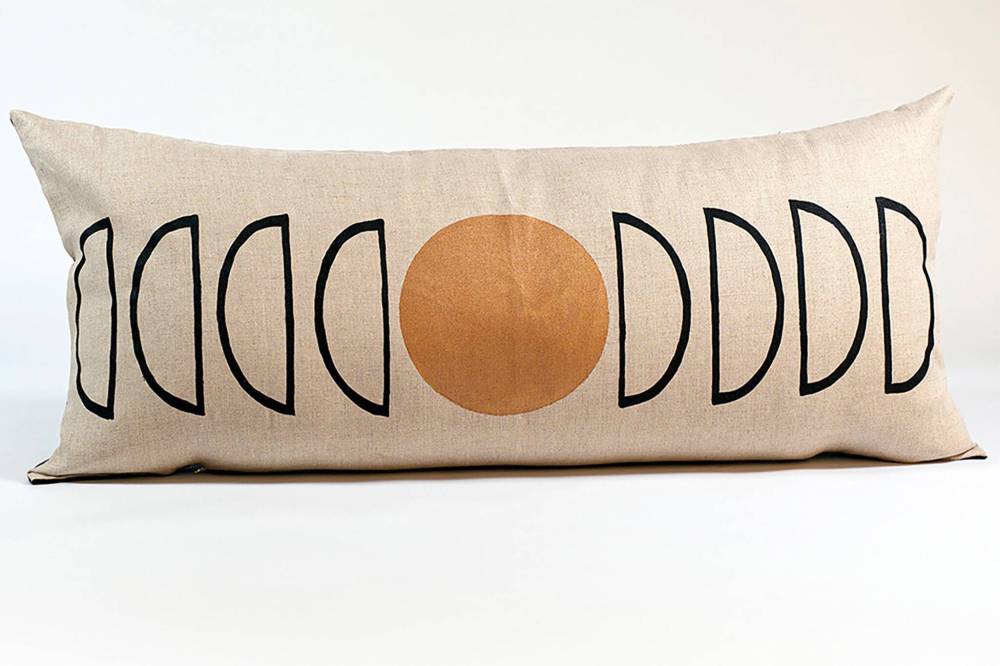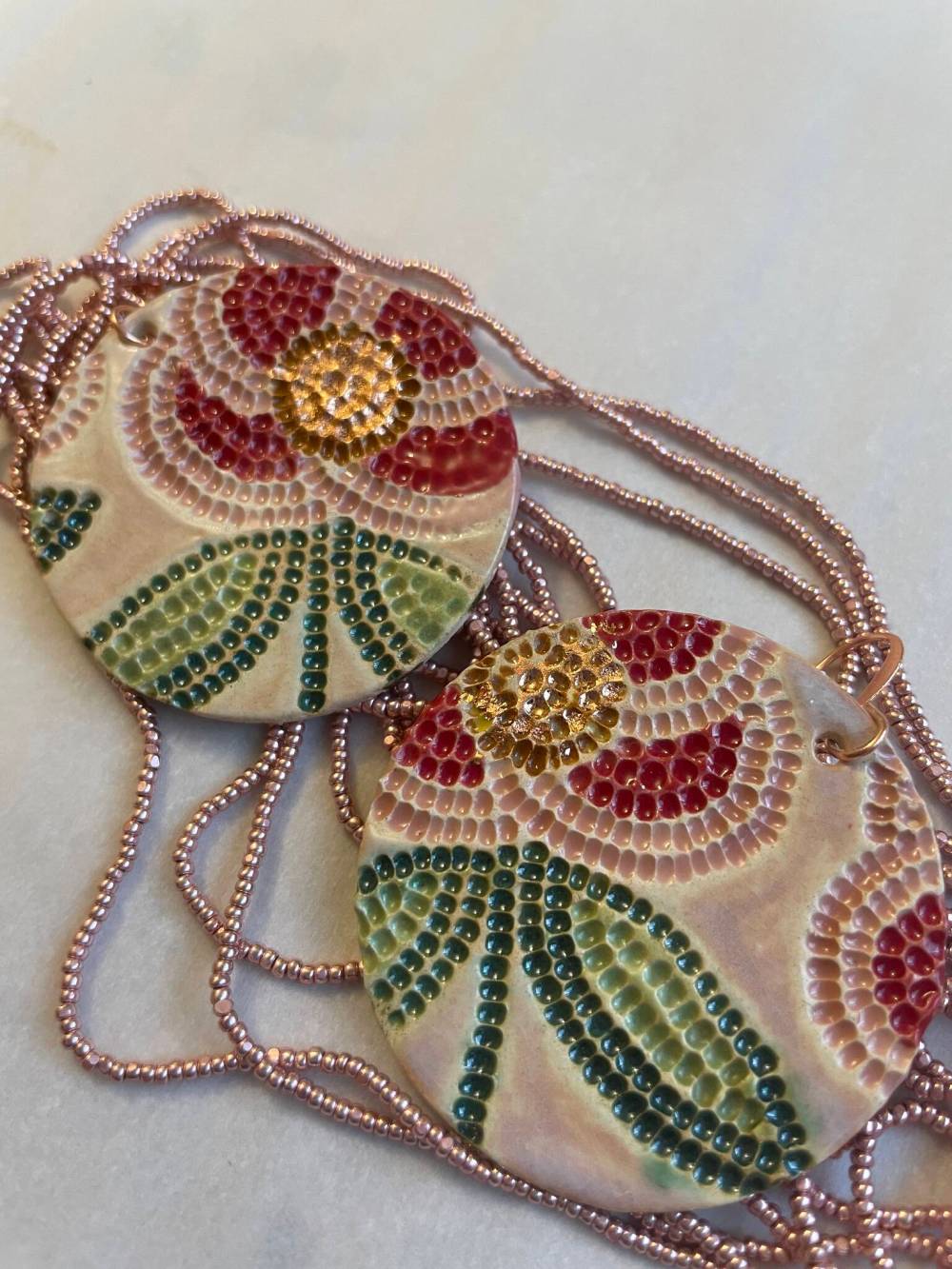‘It’s not just craft, it’s empowerment’
Toronto fashion arts festival showcases coast-to-coast Indigenous tradition and innovation
Advertisement
Read this article for free:
or
Already have an account? Log in here »
To continue reading, please subscribe:
Monthly Digital Subscription
$0 for the first 4 weeks*
- Enjoy unlimited reading on winnipegfreepress.com
- Read the E-Edition, our digital replica newspaper
- Access News Break, our award-winning app
- Play interactive puzzles
*No charge for 4 weeks then price increases to the regular rate of $19.95 plus GST every four weeks. Offer available to new and qualified returning subscribers only. Cancel any time.
Monthly Digital Subscription
$4.99/week*
- Enjoy unlimited reading on winnipegfreepress.com
- Read the E-Edition, our digital replica newspaper
- Access News Break, our award-winning app
- Play interactive puzzles
*Billed as $19.95 plus GST every four weeks. Cancel any time.
To continue reading, please subscribe:
Add Free Press access to your Brandon Sun subscription for only an additional
$1 for the first 4 weeks*
*Your next subscription payment will increase by $1.00 and you will be charged $16.99 plus GST for four weeks. After four weeks, your payment will increase to $23.99 plus GST every four weeks.
Read unlimited articles for free today:
or
Already have an account? Log in here »
Hey there, time traveller!
This article was published 23/05/2024 (597 days ago), so information in it may no longer be current.
A group of Indigenous artists from Manitoba is headed to Toronto next week for the fourth annual Indigenous Fashion Arts Festival, a biennial event that hosts more than 100 Indigenous artists, designers, makers, brands and pundits from Canada and all over the world.
The four-day festival features runway shows, a 70-vendor marketplace at CF Toronto Eaton Centre, and the Fashioning Resurgence symposium and workshop series at Toronto Metropolitan University’s Student Learning Centre.
Beth McIvor, 45, the Métis maker behind Red Earth Ceramic Jewelry, says being part of the IFA Festival is “quite an honour.” She sees it as part of a larger movement to raise the platforms of Indigenous creators and their work.

SUPPLIED
Indigo Arrows is a line by designer Destiny Seymour.
“When you’re just doing it on your own, and it’s just a small little craft, it just doesn’t seem as big,” says McIvor, who was previously featured as an IFA Spotlight artist in 2022. “But when you’re at an event like that, you really realize the gravity of the movement. It’s not just craft, it’s empowerment.”
To that end, McIvor relishes being able to connect with other artists at an event this large, especially those whom she’s admired from afar on social media.
“And then you actually get to be in talks with them about where the craft is going, and how we’re going to support the new artists coming up, because we didn’t necessarily have the same supports that they will have,” she says.
Destiny Seymour would agree. The 46-year-old Anishinaabe interior designer is taking Indigo Arrows, her line of homewares and textiles, back to the festival this year, where she and McIvor will be joined by fellow Manitoba artists Emilie McKinney of Anishinaabe Bimishimo, Andréanne Dandeneau of Anne Mulaire, Jessie Pruden of Bead ‘N Butter, Bronwyn Butterfield, Evan Ducharme, Brianna Patrick of Eagle Heart Beads, Tashina Houle-Schlup of Quillwork by Tashina, and Sabrina Houle-Schlup.
“A lot of the makers that I follow, I get to meet,” she says. “So, you know, I’m fan-girling over meeting some of them finally, seeing them in person. So that part’s exciting, and then just being able to connect with other makers and hearing about how they started and what their plans are and how they’ve overcome challenges.”
Mcivor’s Red Earth Ceramic Jewelry began as a hobby and a bonding opportunity with her sister, who shares her love of beading, claywork and medicine picking. McIvor presses beadwork as well as plant medicines into clay before firing it in a kiln to create her pieces, imprinting them with both designs and stories.

Seymour, meanwhile, could never find the kind of textiles she wanted to include in her work as an interior designer.
“We need patterns that are from here that tell a story of our people here,” she says.
And so she started making her own, and Indigo Arrows was born.
She was inspired by the patterns her Anishinaabe ancestors created to adorn their pottery and bone tools. Many of these pieces are now artifacts in museums; Seymour wanted to bring them back into people’s homes and into public spaces, whether via hand-printed small-batch linens or commercial-grade fabrics that architects and other designers can incorporate into their plans for offices, schools and other public buildings.
Fashion — and in particular fast fashion — can be the site of rank cultural appropriation, often in the form of “music festival lines” promoting “headdresses” and other faux-Indigenous designs.

SUPPLIED
Beth Ann McIvor created Red Earth Ceramic Jewelry.
“There’s so much work to be done there,” McIvor says. “But at the same time, nowadays, people have an awareness. When you see, like, an “Aztec” print from a larger brand, you instantly know — well, we know, those who are paying attention — we know that that’s not authentic. Whereas 10 years ago, it was just looked at as a cute print.”
Events such as the Indigenous Fashion Arts Festival offer a corrective, not only by centring Indigenous creators but featuring them in a high-traffic market setting, such as Eaton Centre.
Seymour, for her part, likes when consumers ask questions.
“Like, ‘Who made this, where’s it from?’ There’s so much history behind a lot of our patterns,” she says. “And so, when I’m at a market and they’re asking, ‘Where’s this from? And how old is it? Which territory?’ to me, it’s a teaching tool, because then I’m saying, ‘We have this history and it goes back thousands of years.’”
And you don’t get that history, those stories, when you buy fast fashion. McIvor believes people can better recognize the knockoffs as tacky.

“People now would much rather have an actual artist’s piece,” she says. “It means so much more.”
jen.zoratti@winnipegfreepress.com

Jen Zoratti is a columnist and feature writer working in the Arts & Life department, as well as the author of the weekly newsletter NEXT. A National Newspaper Award finalist for arts and entertainment writing, Jen is a graduate of the Creative Communications program at RRC Polytech and was a music writer before joining the Free Press in 2013. Read more about Jen.
Every piece of reporting Jen produces is reviewed by an editing team before it is posted online or published in print – part of the Free Press‘s tradition, since 1872, of producing reliable independent journalism. Read more about Free Press’s history and mandate, and learn how our newsroom operates.
Our newsroom depends on a growing audience of readers to power our journalism. If you are not a paid reader, please consider becoming a subscriber.
Our newsroom depends on its audience of readers to power our journalism. Thank you for your support.

